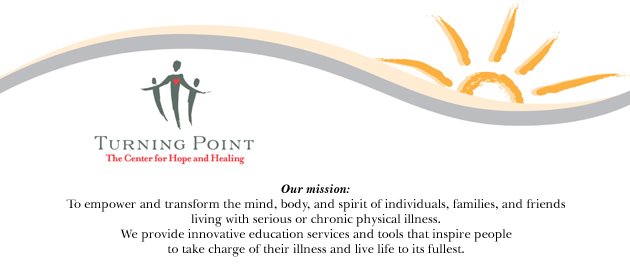Do you wake up in the morning and react? The alarm didn’t go off, one of your kids couldn’t locate the shoes/assignment/notebook they simply had to have for school, traffic was awful, someone burned the coffee which you spilled on the final copy of the report due in five minutes…Most people move through their day reacting to whatever happens around them.
If you meditate, you naturally begin to take control of your emotions, your reactions to situations, and how you understand others’ motivations.
What follows is a basic meditation that allows you to develop a calm mind and insight through reflection and focusing your awareness on the body. The purpose is to allow you to notice how your mind works and to bring peace and clarity to your life. When you see more clearly what is going on inside of you, you see more clearly what is going on around you. This is good information to have – it allows you to move through your day with a greater sense of clarity and purpose.
In this meditation:
· Sit or lie down in a comfortable position.
· Take a couple of deep breaths and settle in – allowing your body to relax.
· Make sure you are breathing from your diaphragm, your abdomen should rise as you inhale, and fall back down as you exhale.
· Just take deep breaths, letting peace and relaxation flow in and all of the day’s tension, conflict and worries flow out.
· Remember - your breathing helps you relax. You can relax just the right amount, by first paying attention to your breathing and extending the exhalation just a little bit more with each breath.
As you relax, focus on whatever presents itself to you. Just sit quietly and notice any thoughts, images, sensations, tension or pain. As these thoughts, ideas or images come to mind, acknowledge they are part of the exercise. Then, breathe quietly and let them go. Let your heart soften and be open to whatever arises without fighting. Let go of the battle, gently allow all of your experiences to be present, breathe quietly and let them go.
